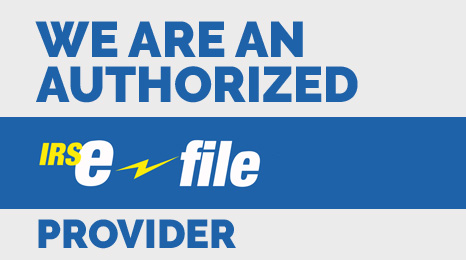 |
It's simple & easy to file with us.
With us you are covered.

Tax PractitionersContact us
for volume discount.
|
In order to maintain and construct public highways in the United States, the federal government collects a tax known as the Heavy Vehicle Use Tax (HVUT). This excise tax is collected from owners of heavy weight vehicles that have a gross weight of 55,000 lbs. and more that use public highways. The money collected is distributed to the states to fund the highway maintenance and construction projects. If you are required to file IRS Form 2290, you can file electronically at YourTruckTax.com.
Who Must File IRS Form 2290?
You must file Form 2290 and Schedule 1 for the tax period beginning on July 1, 2009, and ending on June 30, 2010, if a taxable highway motor vehicle (as defined on the Taxable Vehicles page) is registered, or required to be registered, in your name under state, District of Columbia, Canadian, or Mexican law at the time of its first use during the period and the vehicle has a taxable gross weight of 55,000 pounds or more.
You may be an individual, limited liability company (LLC), corporation, partnership, or any other type of organization (including nonprofit, charitable, educational, etc.).
- Disregarded entities and qualified subchapter S subsidiaries. Qualified subchapter S subsidiaries (QSubs) and eligible single-owner disregarded entities are treated as separate entities for excise tax and reporting purposes. QSubs and eligible single-owner disregarded entities must pay and report excise taxes, register for excise tax activities, and claim any refunds, credits, and payments under the entity's employer identification number (EIN). These actions cannot take place under the owner's taxpayer identification number (TIN). Some QSubs and disregarded entities may already have an EIN.
- Dual Registration. If a taxable vehicle is registered in the name of both the owner and another person, the owner is liable for the tax. This rule also applies to dual registration of a leased vehicle.
- Dealers. Any vehicle operated under a dealer's tag, license, or permit is considered registered in the name of the dealer.
Used vehicle. If you acquire and register or are required to register a used taxable vehicle in your name during the tax period, you must keep as part of your records proof showing whether there was a use of the vehicle or a suspension of the tax during the period before the vehicle was registered in your name. The evidence may be a written statement signed and dated by the person (or dealer) from whom you purchased the vehicle.
- NOTE: If you acquire a vehicle and use it on the public highways in any month other than July, you are liable for the tax for the prorated tax period. You must file Form 2290 and pay the tax by the last day of the month after the month you use the vehicle.
- If there is an unpaid tax liability for the months before you acquire and use the vehicle during the tax period, you are liable for the total tax for the entire period, to the extent not paid. In that case, you must file Form 2290 and pay the tax by the last day of the month after the month notification is received from the IRS that the tax has not been paid in full.
Logging vehicles. A vehicle qualifies as a logging vehicle if:
- It is used exclusively for the transportation, to and from a point located on a forested site, of products harvested from the forested site.
- It is registered (under the laws of the State or States in which the vehicle is required to be registered) as a highway motor vehicle used exclusively in the transportation of harvested forest products.
A vehicle will be considered to be registered under the laws of a state as a highway motor vehicle used exclusively in the transportation of harvested forest products if the vehicle is so registered under a state statute or legally valid regulations. In addition, no special tag or license plate identifying a vehicle as being used in the transportation of harvested forest products is required. Products harvested from the forested site may include timber that has been processed for commercial use by sawing into lumber, chipping or other milling operations if the processing occurs before transportation from the forested site.